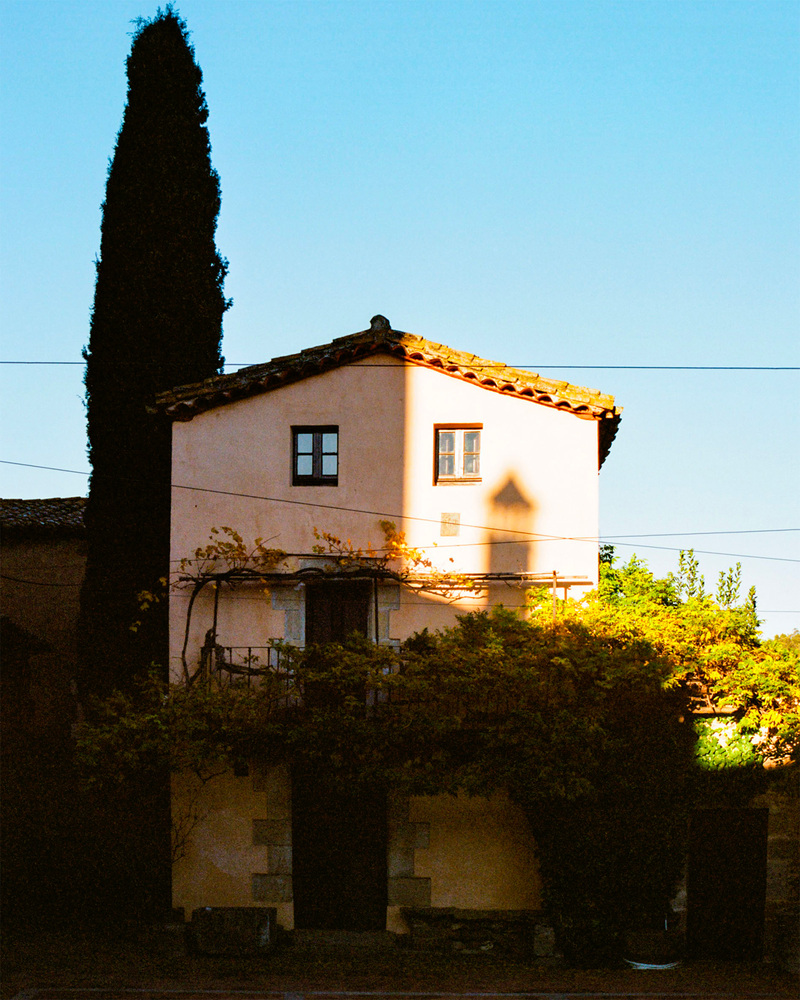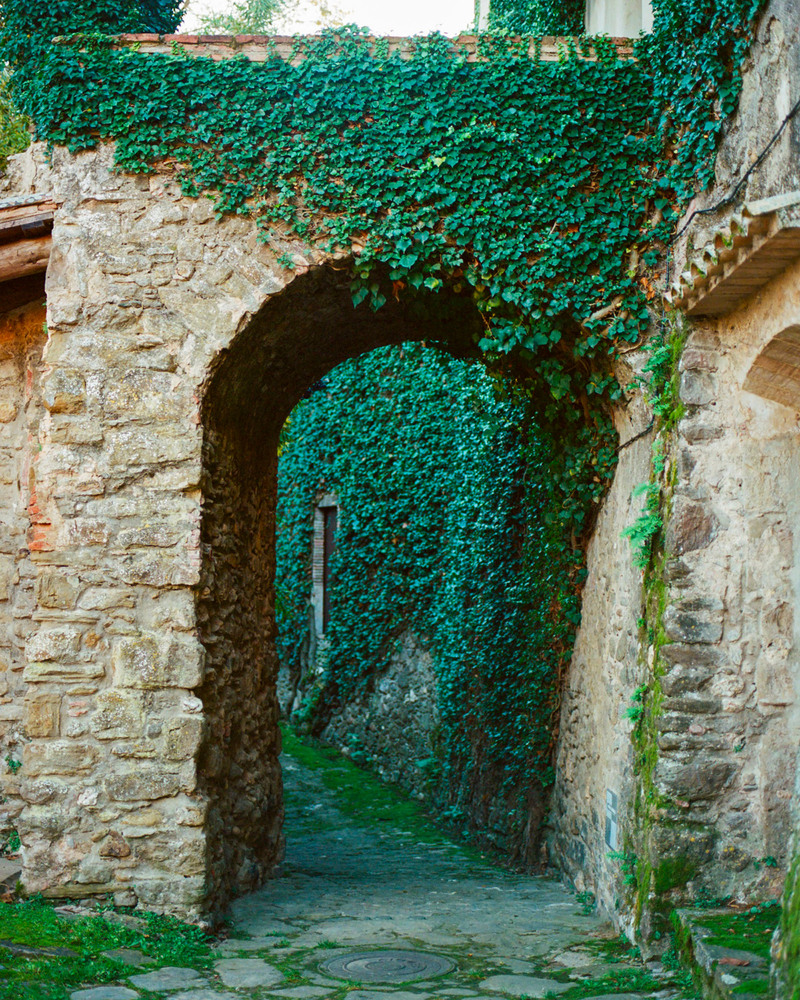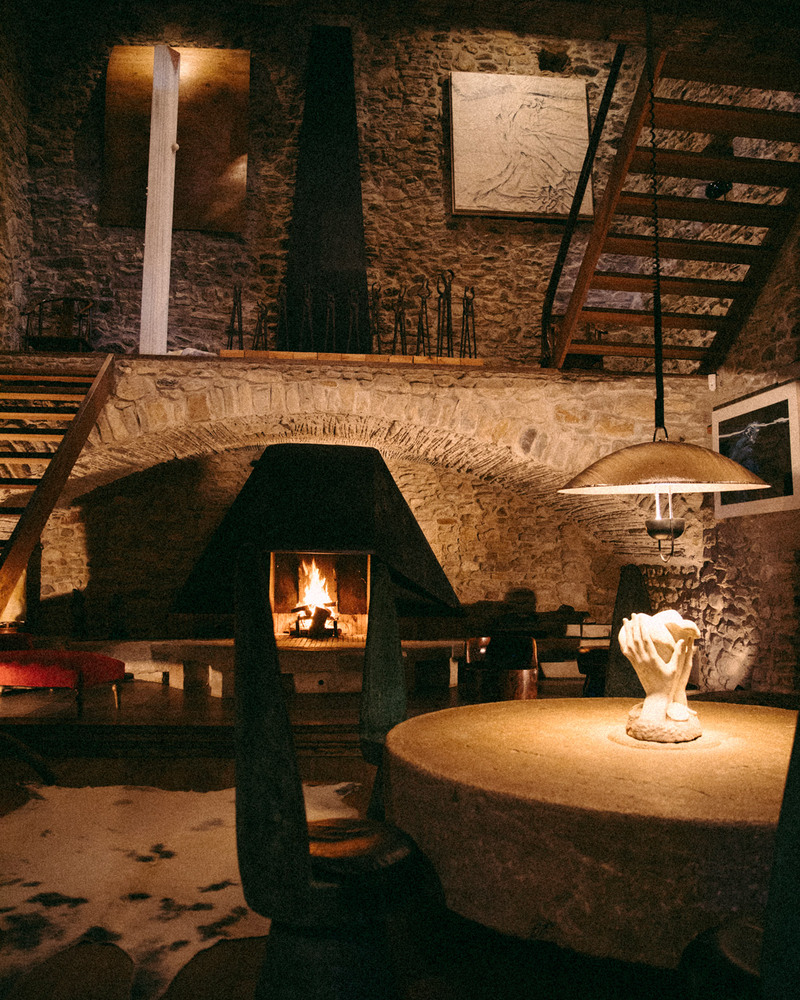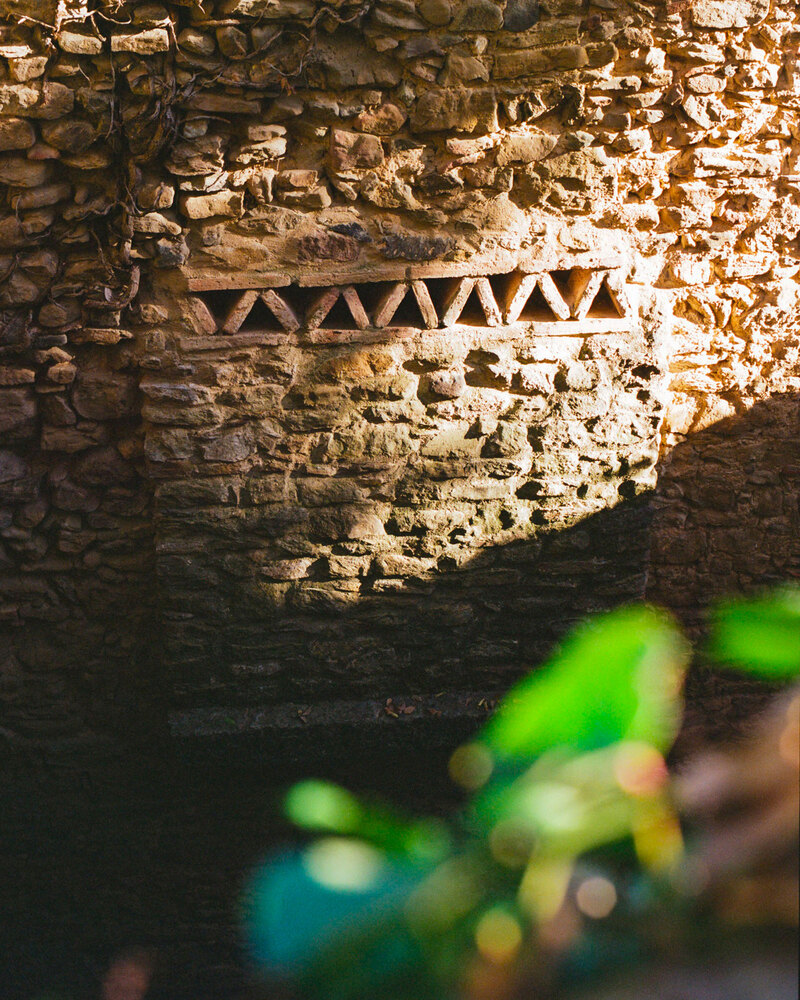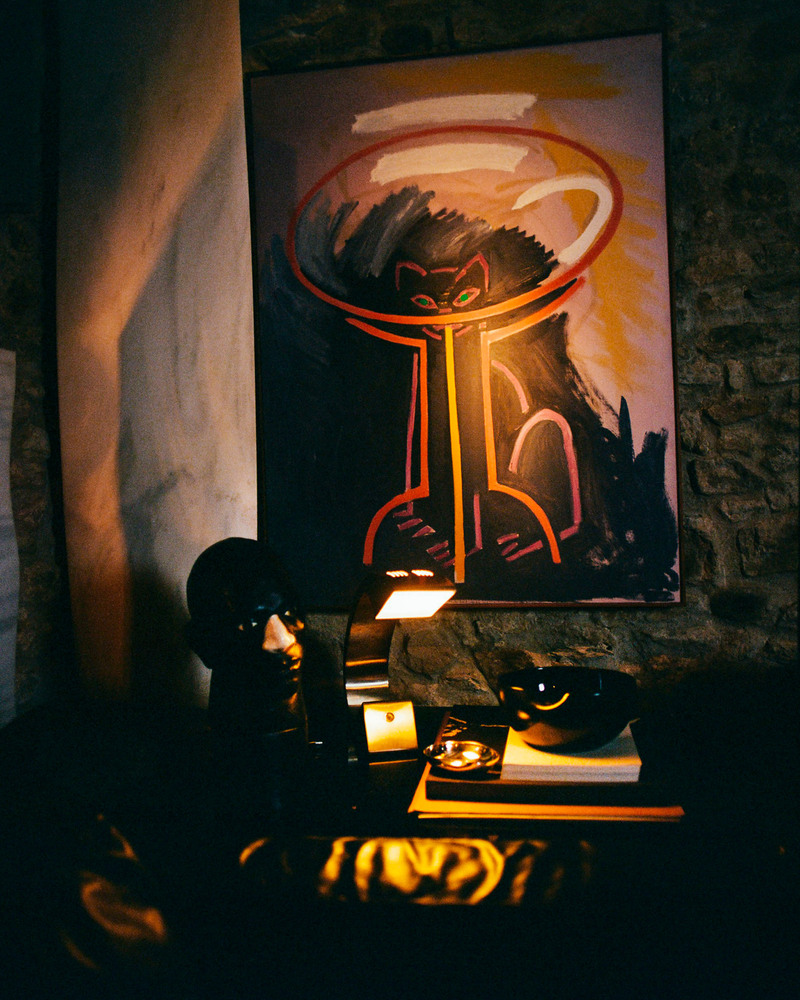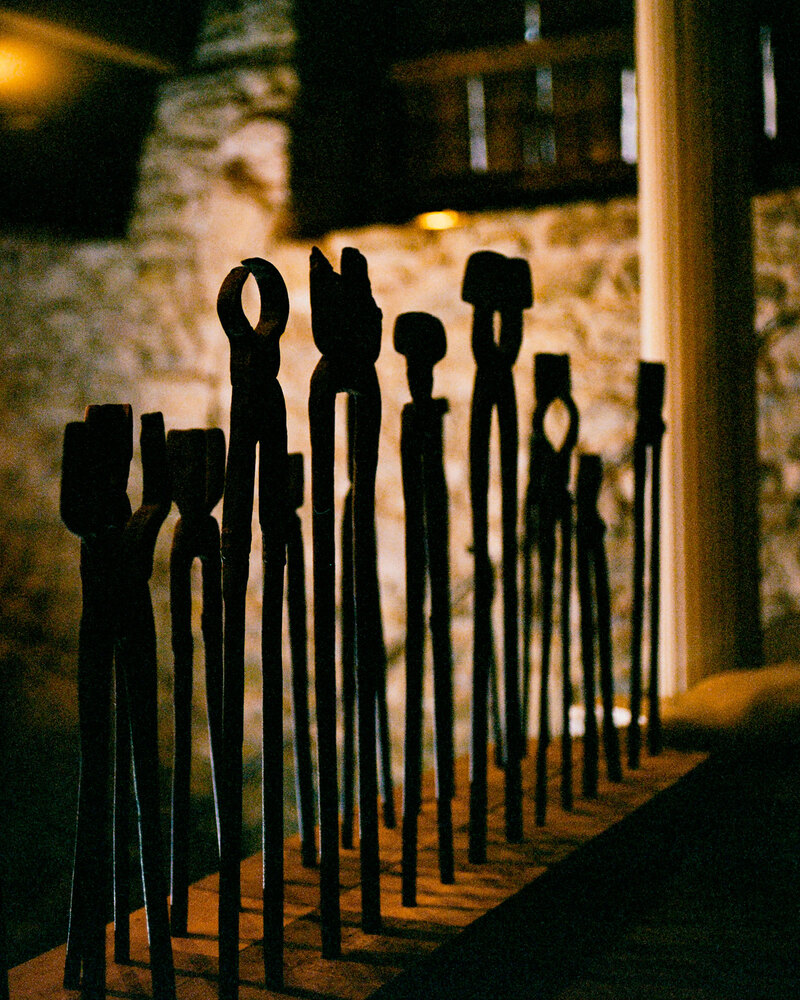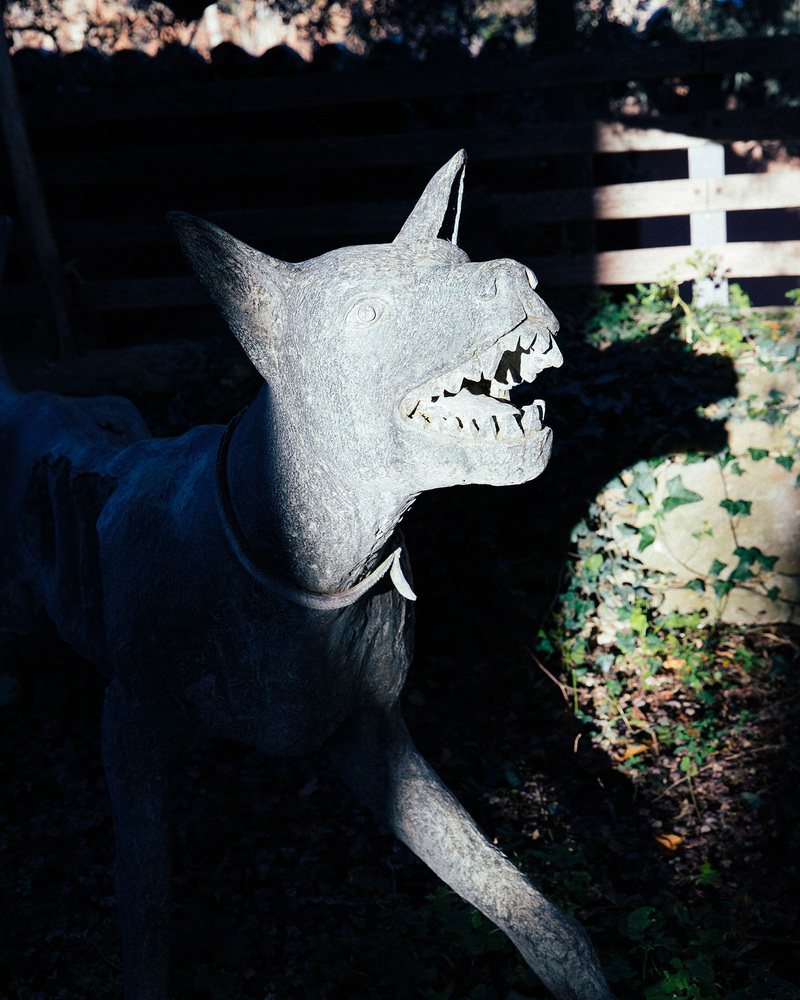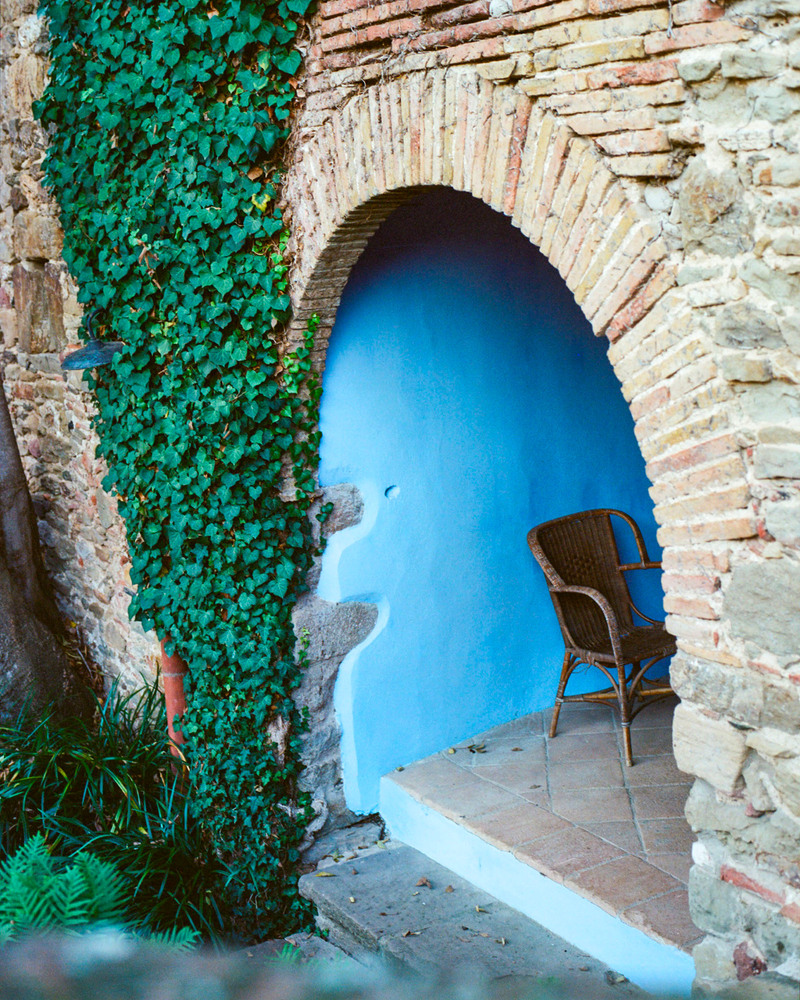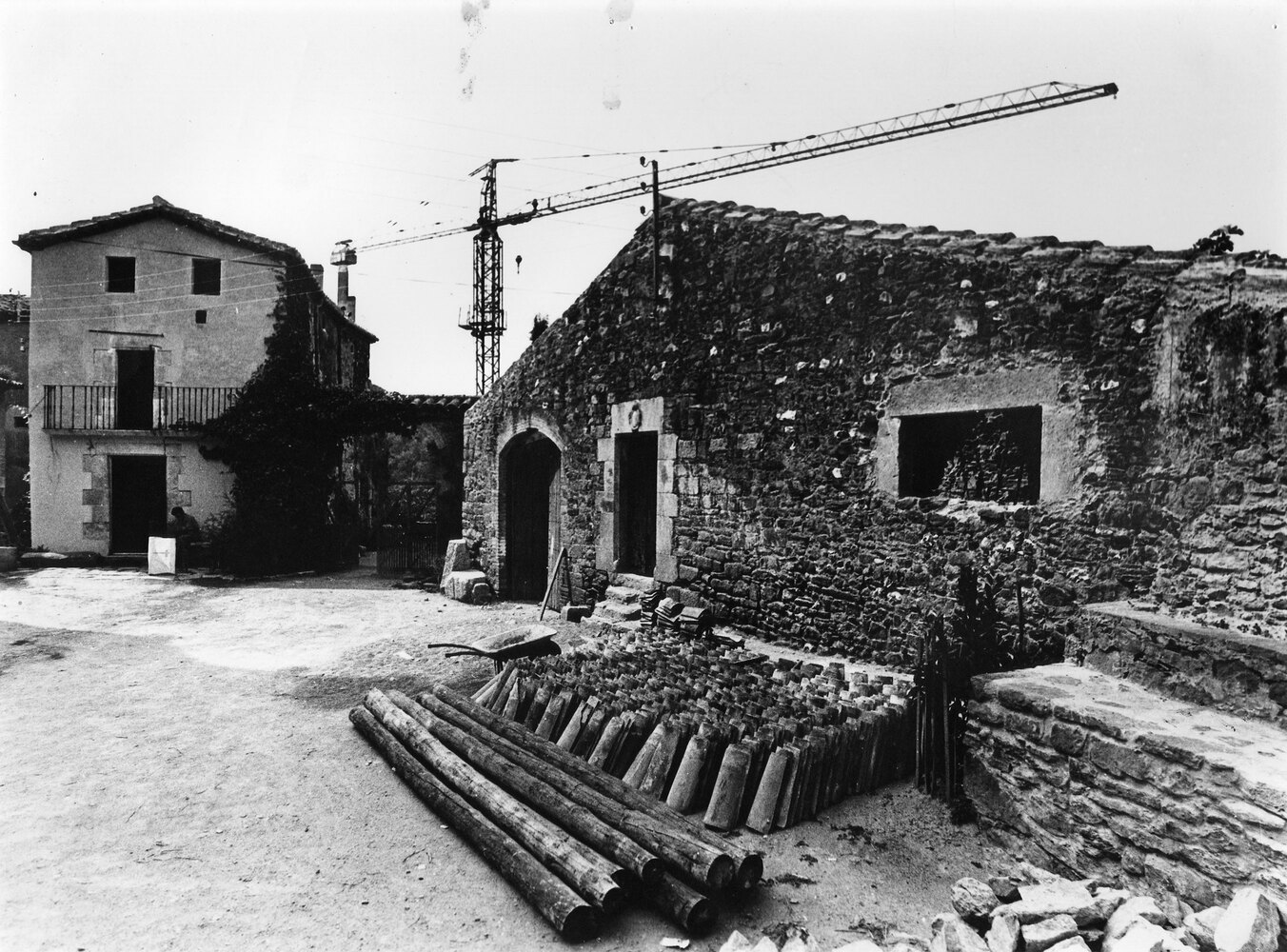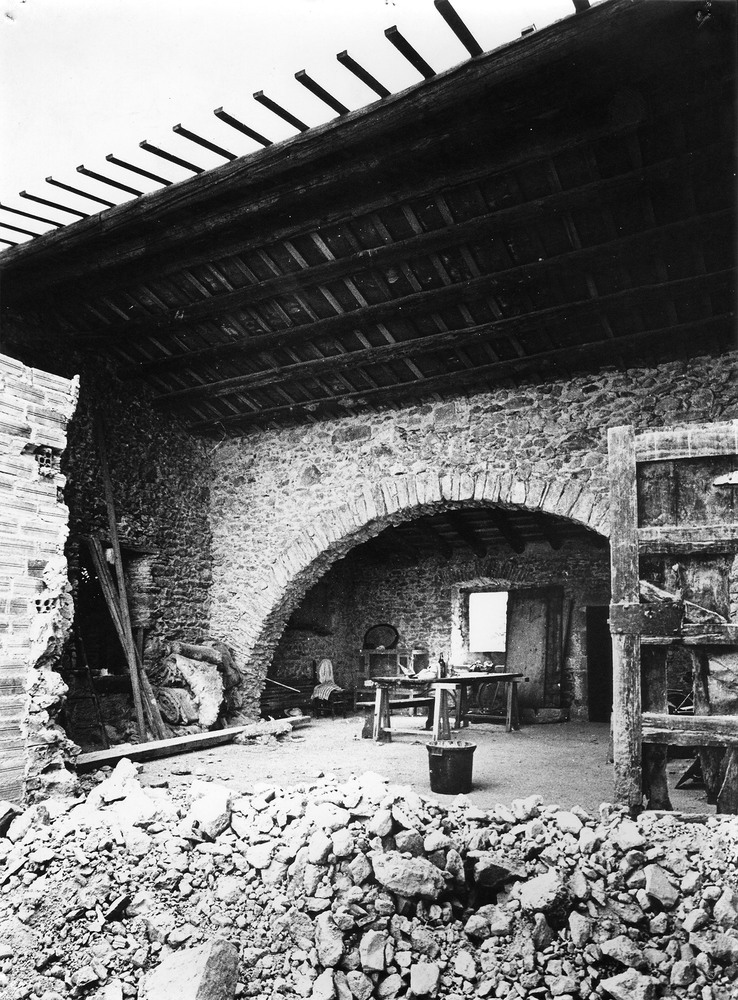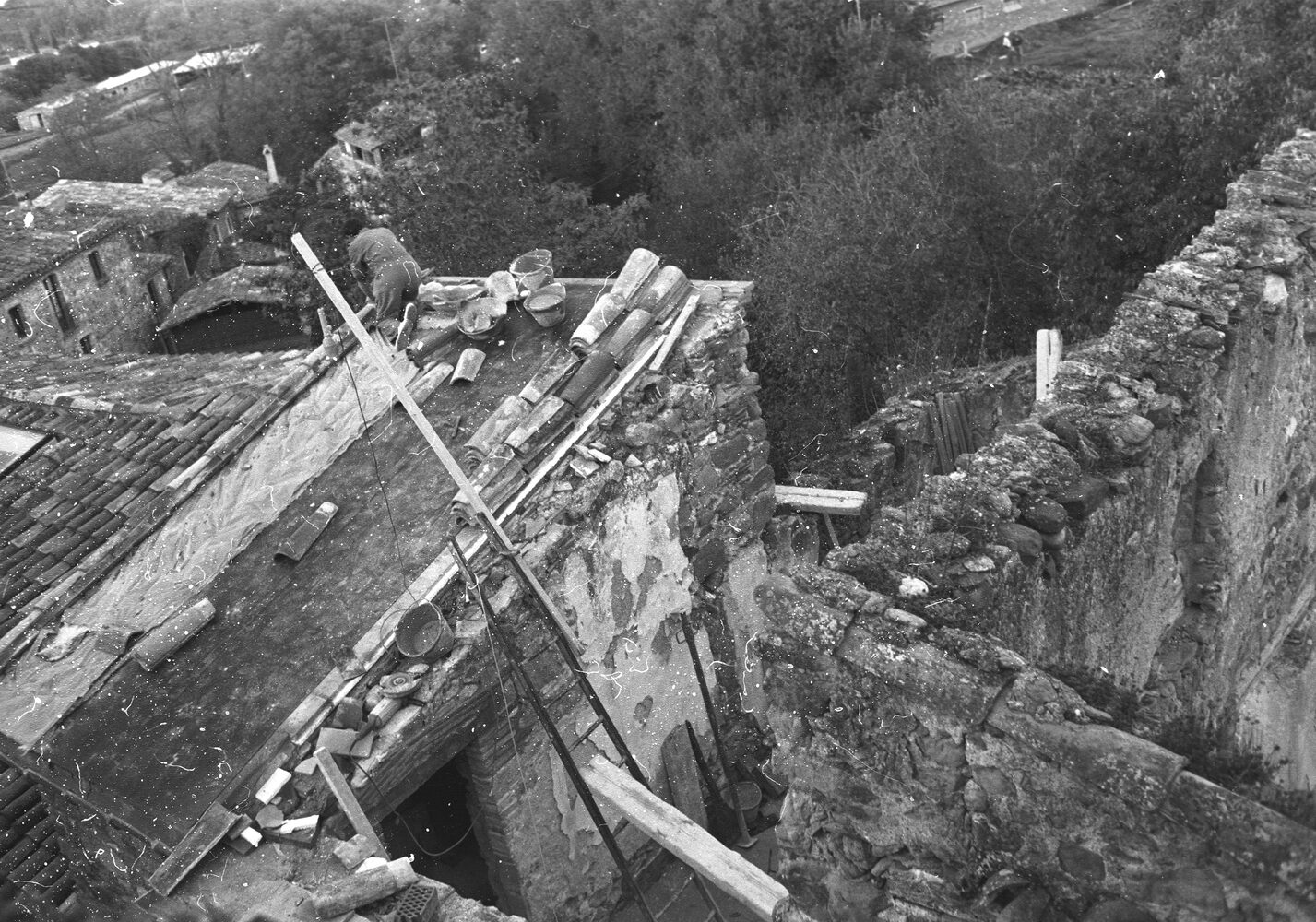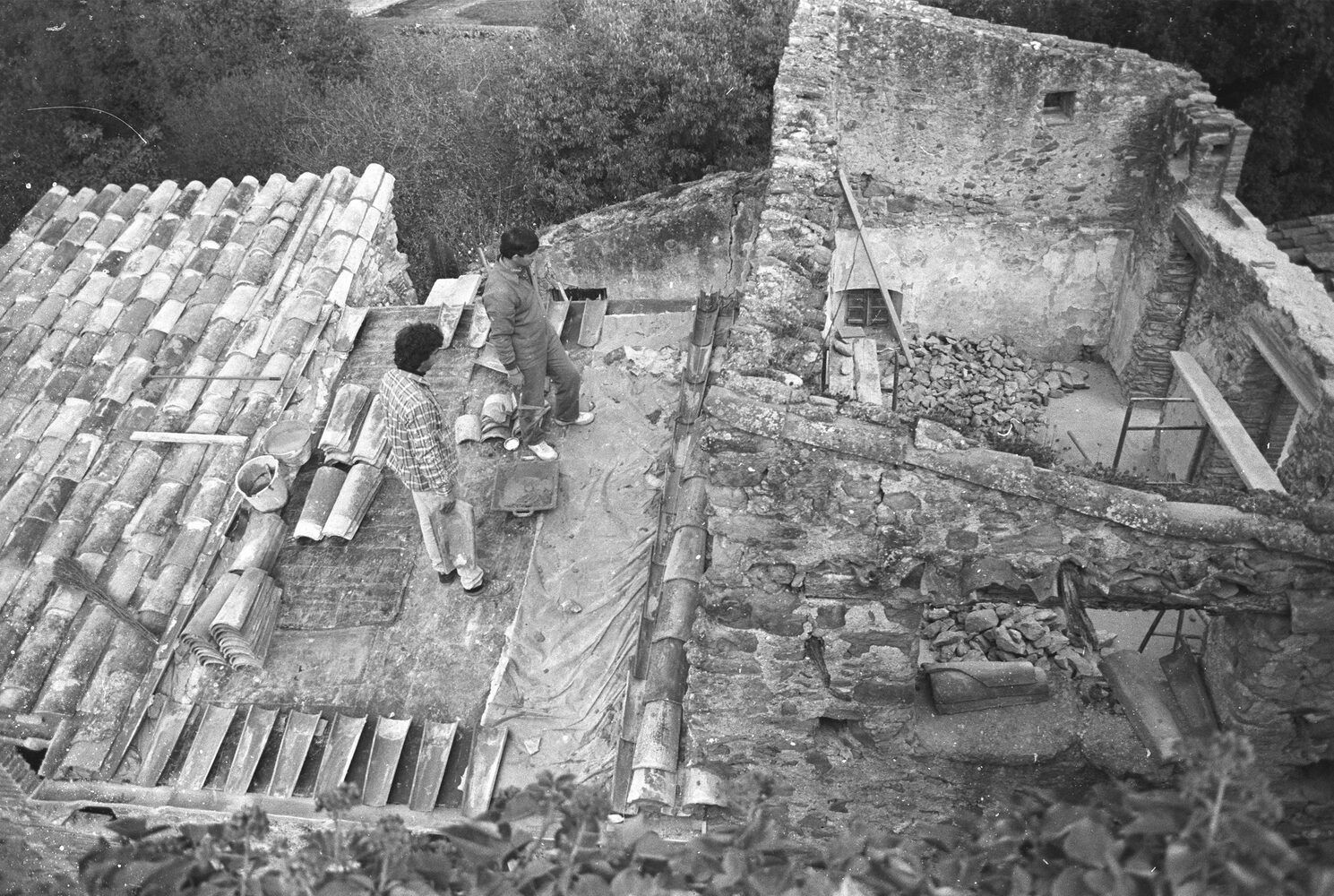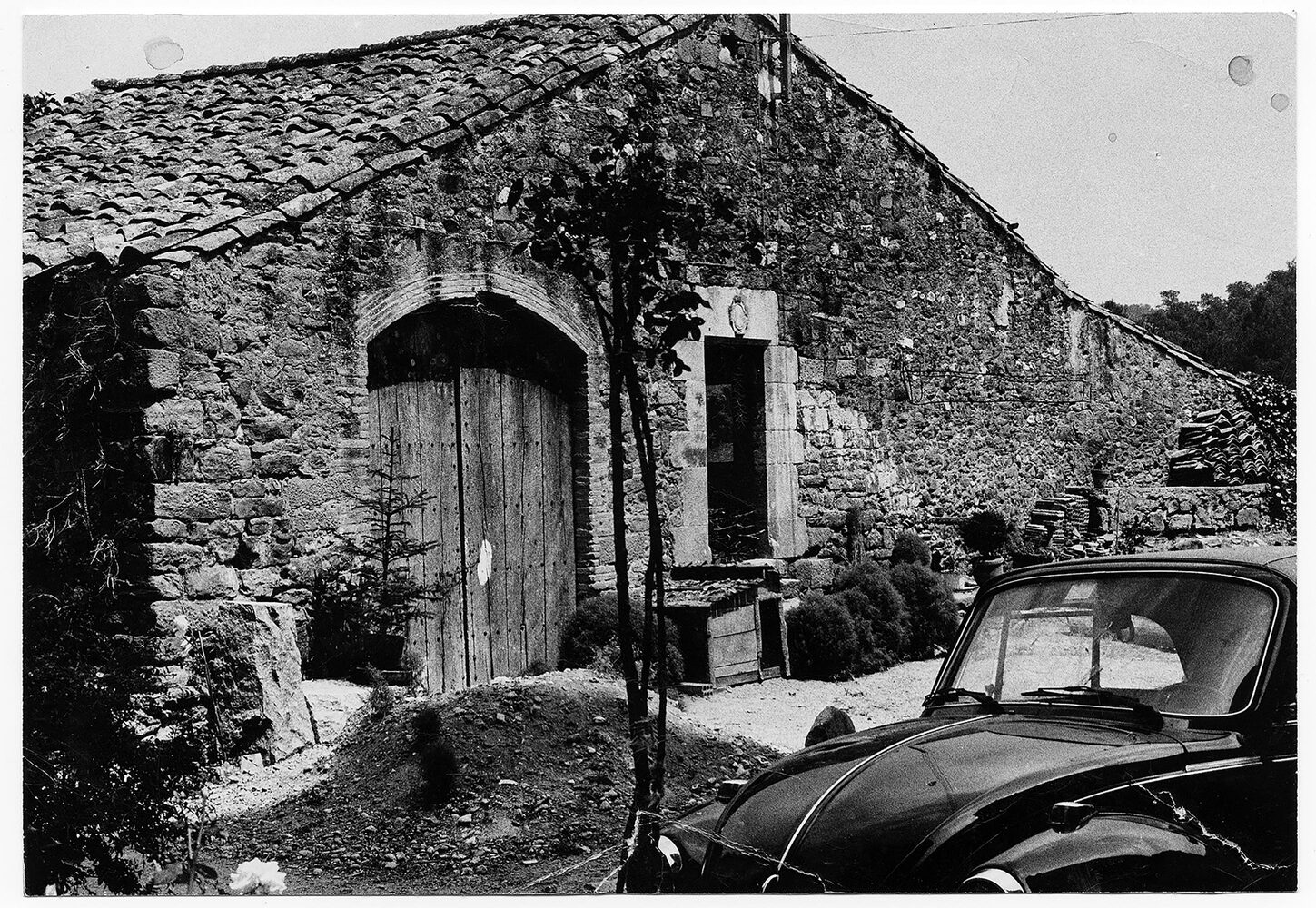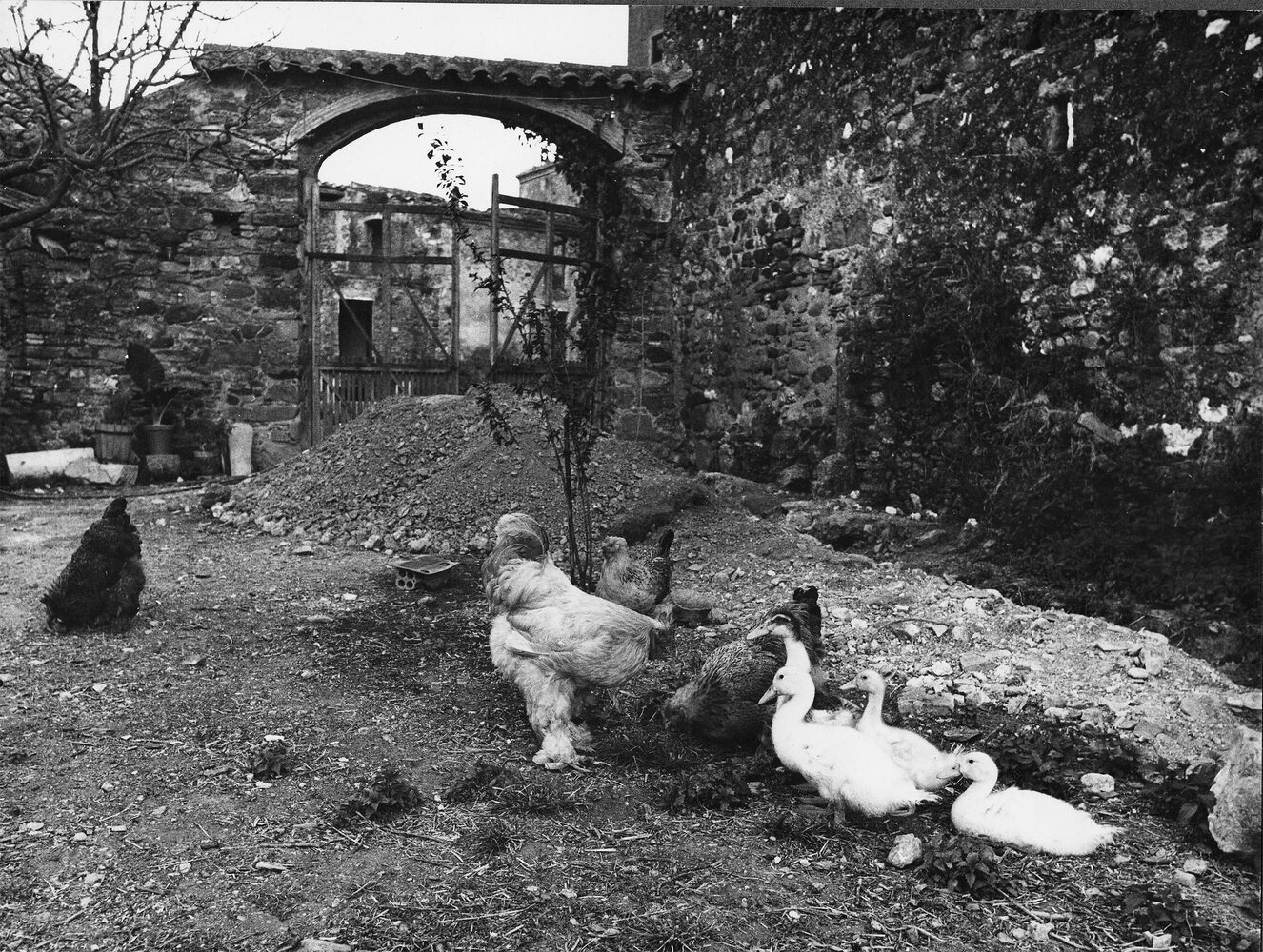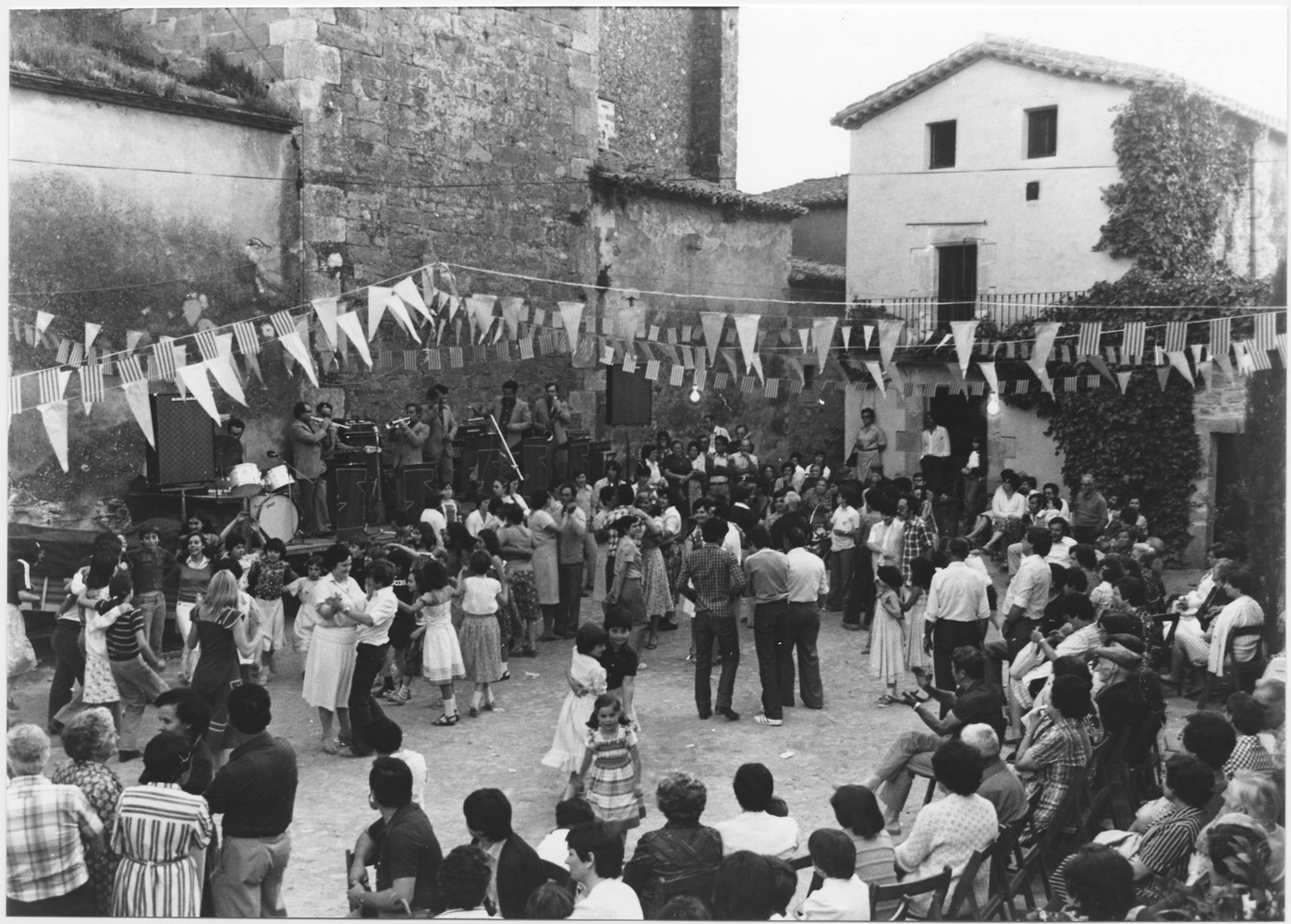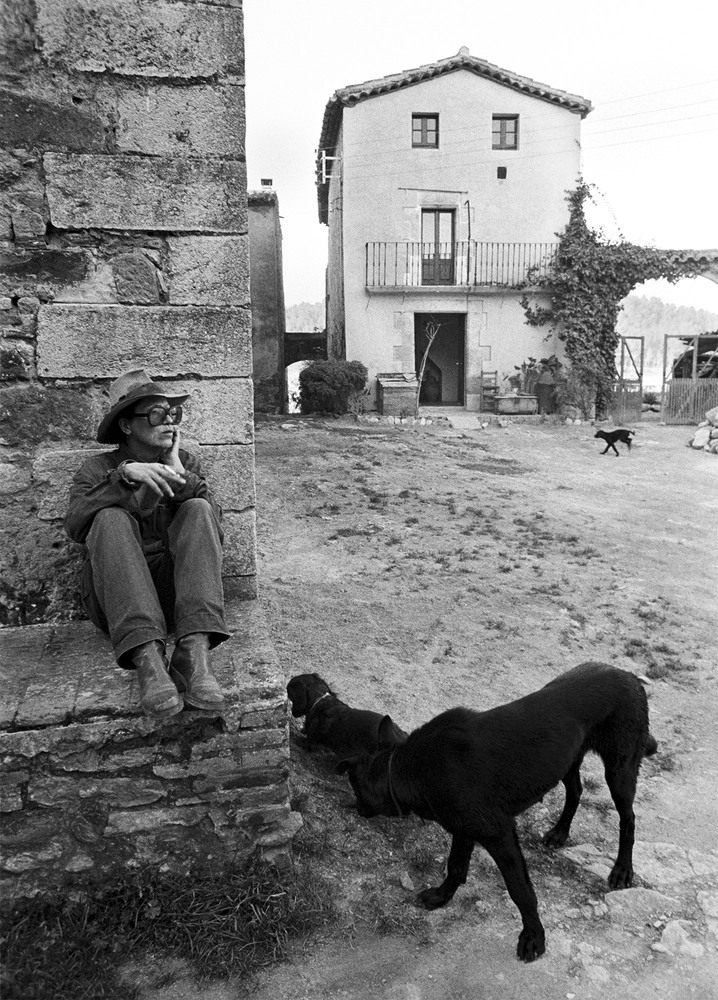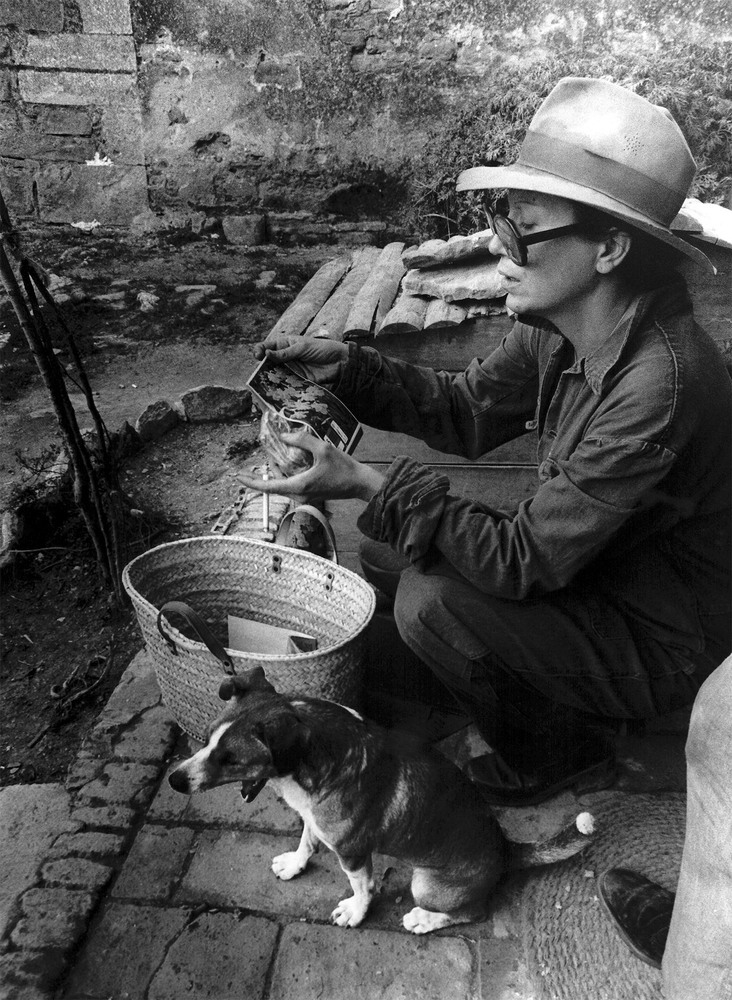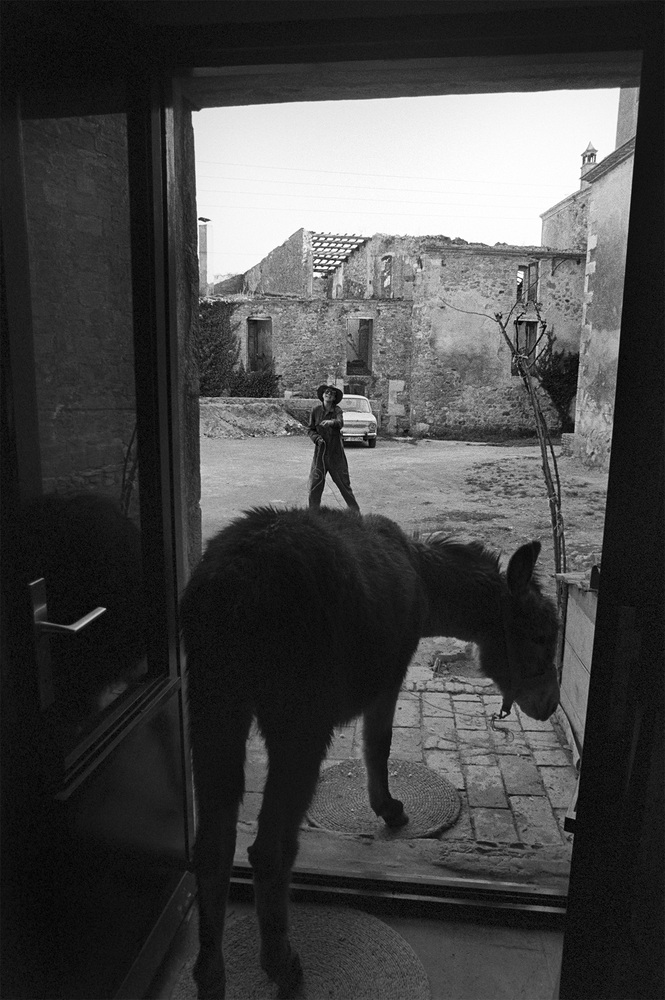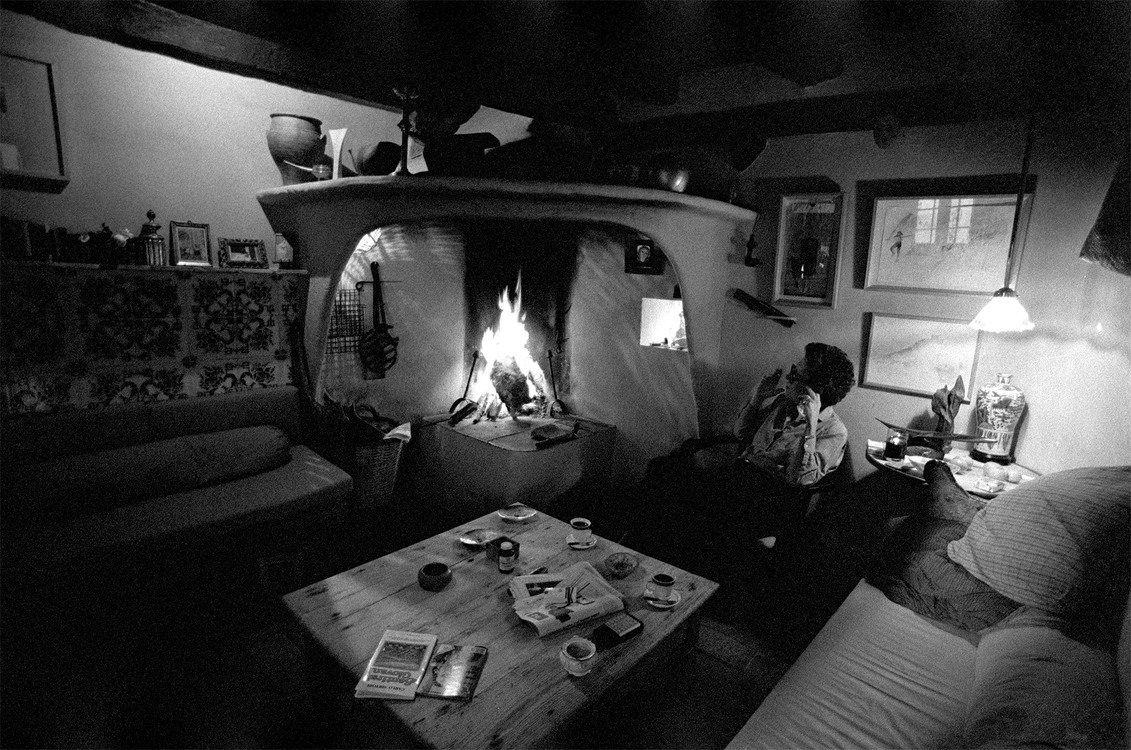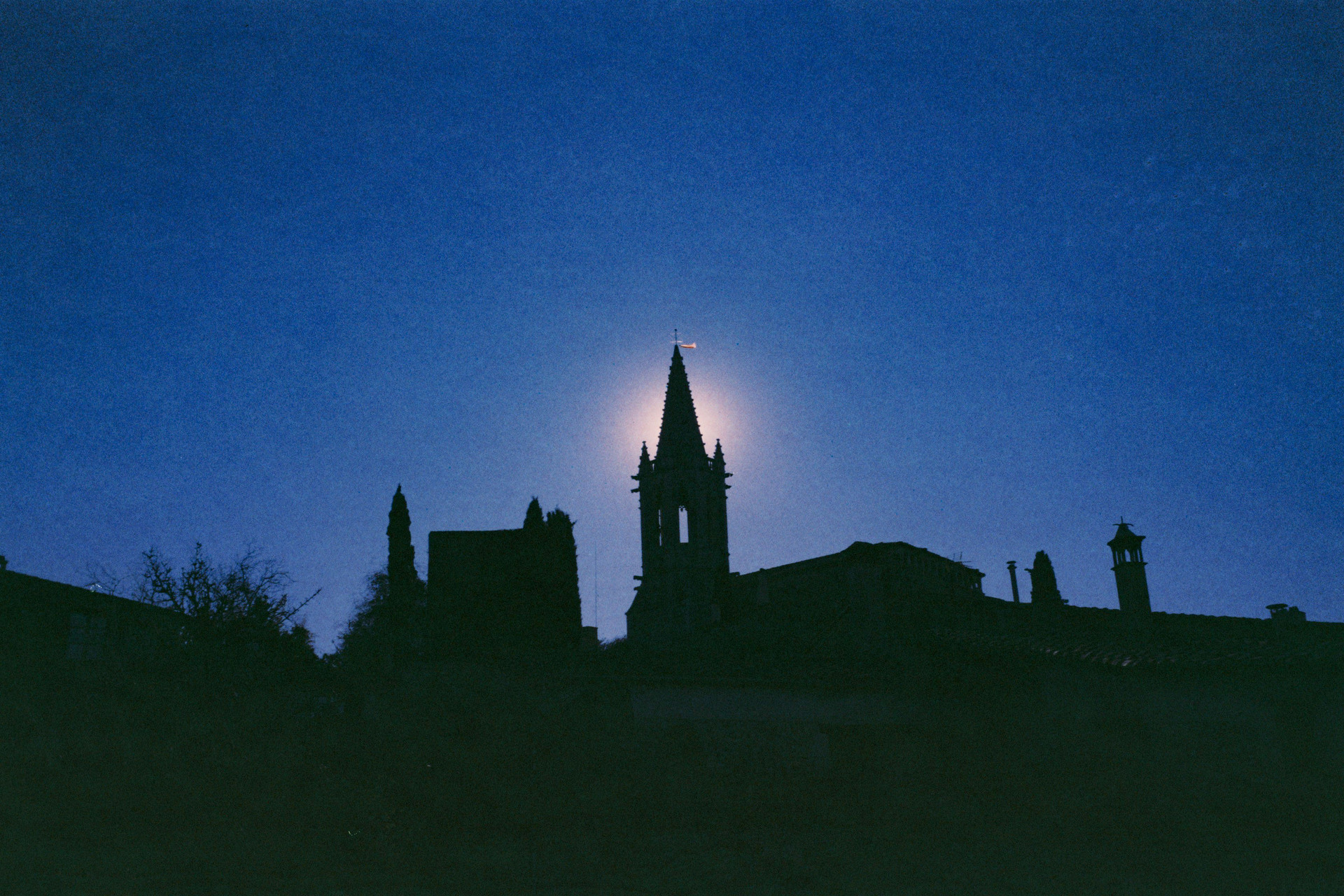 Photo by Claudia Ferri
Photo by Claudia Ferri
The relationship between Elsa Peretti and Catalonia began in the late 1960s, while in Barcelona she joined the “Gauche Divine”, a liberal movement of intellectuals and artists born in response to the Franco regime. Those years also saw the birth of Elsa Peretti’s relationship with the Baix Empordà, comarca in the province of Girona, where she was charmed by the Mediterranean beauty of the Costa Brava with its fishing villages that attracted writers, photographers and artists like Salvador Dalí. In fact, it was Dalí who approached Elsa Peretti after seeing her in a photograph by Oriol Maspons, and it’s from 1966 the famous image of Elsa Peretti dressed in nun’s clothes alongside Dalí in Port Lligat.
In 1968, Elsa Peretti discovered, through a photograph of her friend Colita, Sant Martí Vell. At that time the village was in disarray, as stated by Elsa Peretti during the interview at Interiors USA Magazine September 2013 “The buildings were without roofs, the square behind the church was a grass lawn”. But Elsa Peretti was so impressed that she bought a first building, the Casa Pequeña, a mustard yellow building that overlooked the town square. At the time, the centre of Elsa Peretti’s personal and professional life was New York, but trips to Barcelona were frequent enough for her to produce the first jewels with the Catalan sculptor Xavier Corberó.
Speaking about that early period in Sant Martí Vell, Elsa recalled in the interview by Benedetta Pignatelli for Vogue Italia April 2013: “Spain represented my first real home. I came straight from New York. There was no electricity and the place was so deserted then that I took a shower in the square with a bucket of water heated on the fireplace. Bats were flying in flocks on empty streets” By the late 1980s Elsa Peretti decided to make Sant Martí Vell a more permanent home, as the AIDS epidemic decimated her circle of friends in New York. “That hex had deeply saddened me” Elsa Peretti said during the same interview at Vogue Italia “I needed a drastic change, to find a hermitage of peace”.
“For twenty-five years, I have been rebuilding a part of this small Catalan village. I think it has been worth all the effort. In Sant Martí Vell I find the strength to continue my work, the peace I need, the inspiration for my forms. This is the meeting point for friends and collaborators. My twenty years with Tiffany are linked to Sant Martí Vell in an inseparable way that summarizes all that I love - people, animals, plants, objects and...strong memories.”
Elsa Peretti Museum Plaque, 1993
From the very beginning, Sant Martí Vell became a source of inspiration and creative energy for Elsa Peretti. The restoration of the village required a great deal of effort over the years; and Elsa Peretti ensured that a respect for the region’s nature, rural history and architecture was the driving force behind every intervention. As shown by various images taken by the photographers Colita and Hilda Moray in the late 1960s, Elsa Peretti actively participated in the restoration of the buildings while maintaining the original architecture as much as possible. This is exemplified by the preservation of the original stone walls that, enhanced by modern grafts, fully represent the aesthetic vision of Elsa Peretti. The result, as Elsa Peretti called it, is a “sprawling house” composed of a series of buildings connected by a tortuous labyrinth of underground galleries and air bridges projecting onto narrow alleys, around the active center of the village, Plaça del Poble, a place of celebration and meeting.
"Trying to restore this country has been one of my main goals. Indeed,
Elsa Peretti Casa Vogue, 2013
in over forty years it has been the equivalent of my commitment to Tiffany."
Sant Martí Vell represents Elsa Peretti’s vision of the world. The village and church have been restored to their original forms with respect to the architectural history of the village and the surrounding natural area. While the interiors of the buildings have also been carefully studied and cared for by Elsa Peretti over the years to create a perfect balance between design, architecture and art. Agricultural and natural elements found place in the interiors such as the millstone transformed into a dining table and positioned in the Sala Grande by a crane, or the stone washbasins placed alongside contemporary furnishings like the fireplace of Lanfranco Bombelli, works of art made by Elsa Peretti’s circle of Catalan friends, including Salvador Dalí, Robert Llimós, Colita, Xavier Corberó, Xavier Medina-Campeny, as well as international artists like Andy Warhol, Nancy Grossman, Saul Steinberg, Giorgio de Chirico and photos by her friend and collaborator Hiro.
Elsa Peretti’s personal collection with its various pieces of indigenous handcrafts, Art Deco jewellery and objets d’art acquired during her many travels to the Orient, Oceania, and Africa, finds a home in the rooms of Sant Martí Vell, along with her designs for Tiffany & Co. Sant Martí Vell is, in fact, a space where modern and contemporary art coexists with intimate, rural settings, as in keeping with the precise aesthetic vision of Elsa Peretti. The unifying element of the exteriors and interiors is the colour Blau de Montserrat, a traditional pigment derived from chalk, which, depending on the gradation of lapis lazuli used, creates ever-changing shades of blue that further emphasise the uniqueness of the spaces. As the colour of the sky and water, Blau de Montserrat symbolises serenity, creativity and peace, which an artist and collector like Elsa Peretti was able to create with Sant Martí Vell by following her relentless pursuit of beauty and harmony in all artistic manifestations.
But Elsa Peretti’s intervention was not only limited to the reconstruction of some of the village’s buildings. She also supported the restoration of the interior of the church of Sant Martí Vell, which is of Romanesque origin and was rebuilt in the 16th century, as well as the village’s catalogue of 16th century documents, thus preserving the village’s layered history.
With Sant Martí Vell, Elsa Peretti created an expansive and enduring artistic project. Believing that her mission was to protect the historic architecture and the special ecosystem of the village, Elsa Peretti constantly expanded and improved her “Catalan refuge”. The continued support of Elsa Peretti to the protection and dissemination of the historical, artistic and cultural heritage of Catalonia; as well as her commitment to promoting the region’s contemporary art, was recognized in 2013 when she was the first non-Catalan to receive the National Prize of Culture awarded by the National Council of Culture and Arts of the Government of Catalonia.
Sant Martí Vell was the vital and creative refuge of Elsa Peretti until the last years of her life. After she passed away in 2021, Sant Martí Vell remains a place rich in soul, where man can coexist with nature and history for a timeless experience. Elsa Peretti’s project, which lasted more than 50 years, is now protected by the Nando and Elsa Peretti Foundation.
The houses and museum are not currently open to the public. For press and special requests please send an email to
